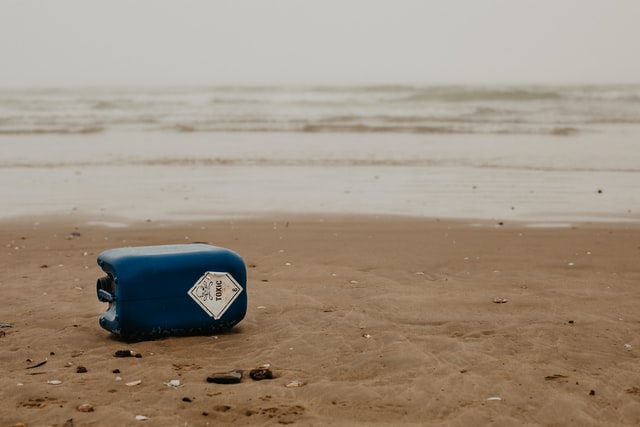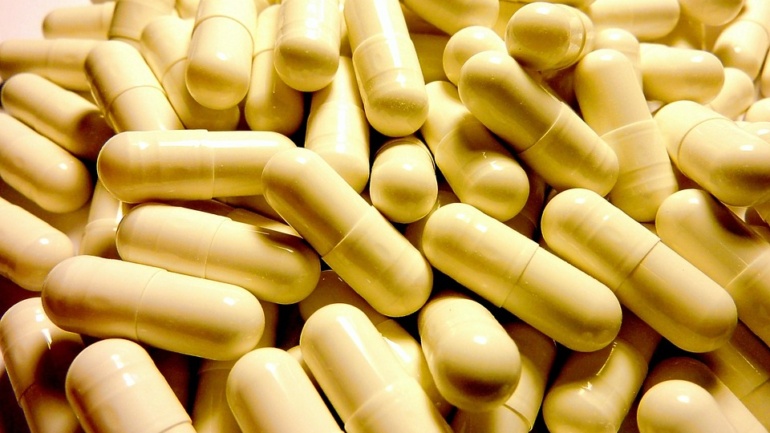Source (no endorsement)
By Matthew Taylor, Associate Researcher & Writer for Save The Water™ | May 16, 2021
When it comes to water, one of the biggest problems is tough-to-remove substances. If these substances are present in water, they can harm people and the environment. One such substance is PFOA, also known as perfluorooctanoic acid or C8.
What is PFOA?
PFOA is used to make Teflon and other fluoropolymers. It is valued for its resistance to heat, water, oil, and stains. In addition, PFOA is used in coatings and other industrial applications.
DuPont famously released PFOA into the Ohio River. DuPont knew the health risks of PFOA as early as 1961 yet continued to release PFOA into the river from its Washington Works plant in Parkersburg, West Virginia since the 1980s. The release of PFOA contaminated water supplies. In turn, the contaminated water made thousands of people sick. People sued DuPont. Eventually, DuPont settled a class-action lawsuit in 2004. Even today, DuPont continues to face PFOA lawsuits in court.
Why is PFOA Such a Big Deal?
PFOA is such a big problem because it is non-biodegradable. This means it stays in the environment for a long time without breaking down. Also, PFOA can stay in the bodies of humans and animals for a long time. On top of this, PFOA is toxic, so its long residence time can give humans and animals major health problems. These health problems include liver problems, reproductive issues, and cancer.
PFOA has also spread to almost every corner of the planet thanks to how water flows between different water bodies. Chemical and industrial plants that use PFOA are located all over the world. The PFOA in the water around these chemical and industrial plants has moved into different bodies of water. PFOA is present in water in the Netherlands, China, Denmark, Italy, Japan, South Africa, Sweden, the United Kingdom, and the United States, among other countries. Whether we choose to recognize it or not, PFOA is a global problem.
What Can be Done to Manage PFOA Problem?
In 2006, DuPont committed to phasing out the use of PFOA in its products. Finally, DuPont finished phasing out the substance in 2015. This means that a major user of PFOA has stopped releasing it into the environment, slowing its spread across the planet.
Even though DuPont has committed to phasing out PFOA, other companies around the world still use PFOA. If everyone around the world collectively agreed to ban PFOA, the problem would become much easier to solve.
A global commitment to eliminate the PFOA problem would also go a long way. Specifically, countries could recognize the danger of PFOA, share research on PFOA, and work together to find effective ways to remove it from water.
We know several ways to remove PFOA from water at the household level and at the industrial level. At the household level, for example, there is a water pitcher that uses activated carbon and advanced ion exchange technology to remove PFOA from the water. At the industrial scale, granular activated carbon has been used to successfully remove PFOA from water. The carbon absorbs the PFOA and can be easily removed from the water, so the PFOA concentration in the water is reduced. Scientists are developing many more technologies, meaning that the PFOA problem can eventually become significantly less serious.
Challenges to Managing the PFOA Problem
Unfortunately, removing PFOA from water can be a logistical challenge. There might be a treatment plant on a river that removes much of the PFOA from water. However, the treatment plant does not remove the PFOA from the water upstream or the PFOA that has leached into any groundwater. Water bodies that contain PFOA can carry that PFOA to other water bodies, meaning that PFOA is spread to other water bodies faster than it can be removed.
Bottom Line
PFOA, also known as perfluorooctanoic acid or C8, is a global problem when it comes to water. This substance is difficult to remove from water. Alarmingly, PFOA has spread to every corner of the planet. It does not biodegrade. Unfortunately, PFOA harms human and environmental health. Much more can be done to tackle this problem, but we are making progress. By working to develop technologies that can remove PFOA from water, we can make the PFOA problem a thing of the past.





